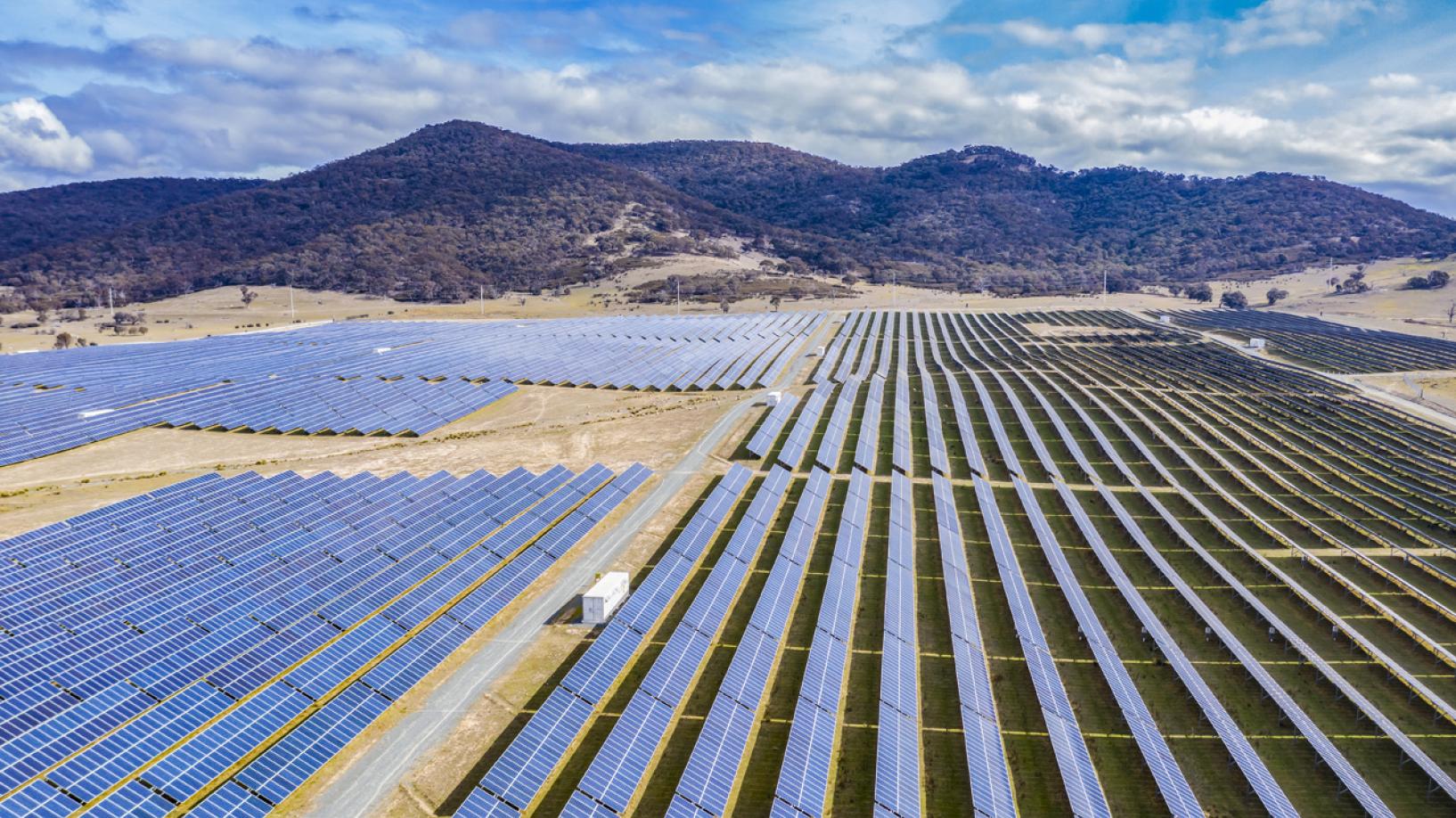The Australian energy system is undergoing significant transformation. As part of this process, individual state and territory governments are implementing jurisdiction-specific policies and reforms aligned with their individual priorities, goals and risks. The energy policy landscape has changed exponentially over the past five years, and shows no signs of slowing down.
All of this makes for a complex and at-times confusing policy landscape for those working to advance and deliver the future energy system consumers want and need. Working together with KPMG, we have created a report that provides greater visibility for energy policies across all jurisdictions, giving leaders, policy-makers and advocates a better understanding of the likely impacts on consumers and the system.
Australia's Energy Transition; a Snapshot of the Changing Policy Landscape is our attempt to capture the large volume of policies and programmes being put forward across Australia. In applying a common framework to describe the intent and scope of different policies, we hope to encourage jurisdictions and system actors to share knowledge and learn from each others' experiences. This ability to see the whole of the policy landscape is a necessary condition for a system that meets consumer values, needs and expectations.
How to use this report
The report features a section for each jurisdiction, identifying the policies proposed or enacted in that location and categorising them into a common framework, as well as presenting key statistics, challenges and trends, and key insights.
Policies are categorised in terms of which segment of the energy supply chain they are directed at (wholesale, network or retail) as well as whether the assets they impact are consumer-owned (rooftop solar, EVs, home batteries, household appliances) or market-owned (large-scale generation, storage, transmission and distribution assets).
They are also classified according to the aim of the intervention.
- Learning (finding out more information about a potential challenge or opportunity),
- Enabling (removing a current barrier so the market will address a specific challenge)
- Solving (significant interventions with material market impacts to address a policy concern).
Why we created this report
Energy is a shared responsibility. While states currently face different challenges and pressures, and are developing bespoke policies to address them, ultimately all states will need to address many of the same issues.
To achieve maximum efficacy and impact these actions would ideally be carried out in a consistent way, recognising that much of Australia is connected via a single system and operates a single wholesale market. Such a level of coordination will not be easy to secure, however, without clear national policy and an implementation plan -- as well as a forum for sharing learnings between jurisdictions.
Before we can develop such clear, collaborative national policy we need something else: Greater visibility and shared understanding of the many different policies and programs currently being implemented by state and federal governments (as well as how they interact, both in intended and unintended ways). That’s the process this report sets out to begin.
In this way we can start to identify where potential gaps are, where unhelpful duplication or competing objectives might exist and where there is opportunity for collaboration in areas of common need. Most importantly, we can build a clearer picture of likely future outcomes for consumers, making sure we are including their changing needs and expectations as a starting point for future policy interventions.

